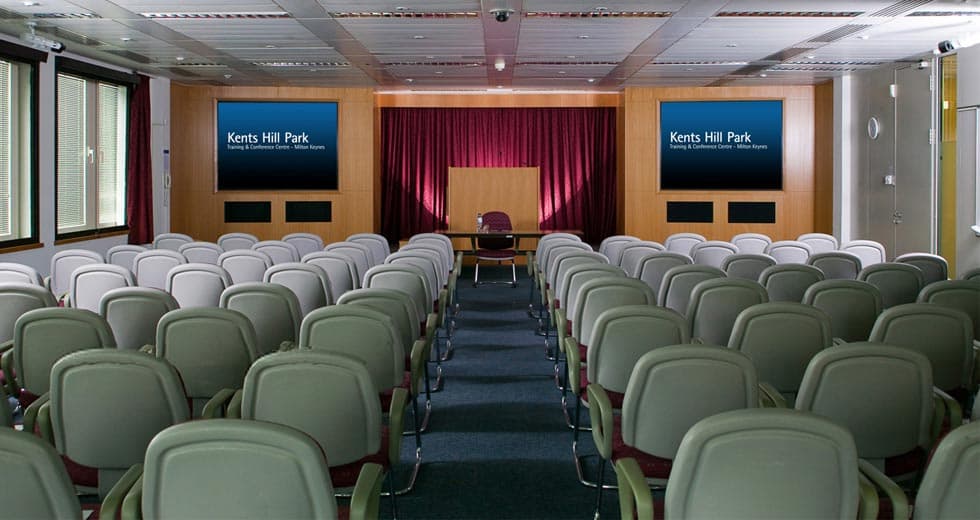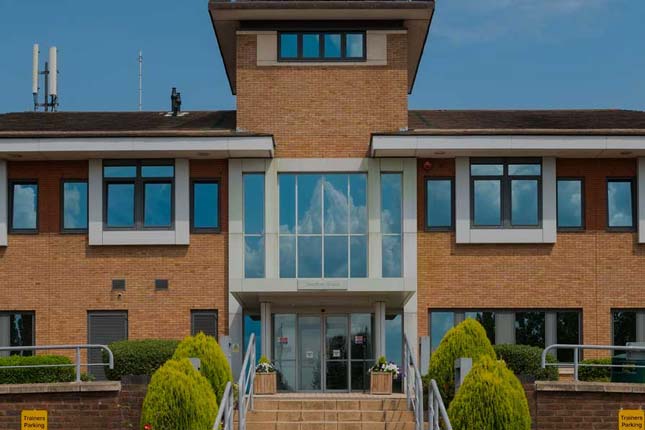
How to Organise a Successful Conference: Structuring Your Event for Success
When it comes to organising a conference, having a well-structured framework in place can make all the difference in ensuring a smooth and successful event. While overplanning can sometimes be counterproductive, setting up a basic structure for your conference is crucial. We’re here to guide you through the process of structuring your conference effectively. Follow these steps in preparation for organising a successful conference:

1. Define Your Audience and Meeting Space
Before diving into the details, you need to start with the basics. Begin by defining your target audience and understanding who you want to attend the conference. Once you have a clear picture of your guest list, you can make informed decisions about the venue. It’s essential to choose a space that matches the size and layout requirements of your event. Hosting too many attendees in a small room or leaving a vast space underutilised can lead to discomfort and distraction. A lecture theatre might be suitable for presentations, while a U-shaped setup could be ideal for more interactive discussions. Choose a corporate venue that has the right facilities to help you decide on a suitable meeting room style.
2. Determine the Main Focus of Your Conference
Every conference should revolve around a central issue or idea. Define this core focus, and understand how you plan to address it during the conference. Ensuring that this issue remains at the forefront throughout the event is vital. You can share the conference agenda with your guests in advance so they can prepare accordingly. Moreover, listening to attendees’ input is crucial, as it can influence the direction of the conference. Be vigilant, as the focus can be lost if the conversation strays off-topic.
3. Plan Your Presentations
If you’re incorporating presentations into your conference, structuring them effectively is key. Outline how much time you want to allocate to each slide or idea, and make sure to leave room for discussions when relevant. In case you have multiple presenters, schedule time for practice sessions to ensure a seamless flow. Coordinate who will cover each point, and make sure there’s no repetition, which can save valuable time and keep the conference on track.
4. Incorporate Breaks into Your Conference
For conferences or meetings extending beyond a couple of hours, it’s crucial to incorporate breaks into the schedule. These breaks allow attendees to step outside for some fresh air, grab refreshments, and recharge. When planning your agenda, allocate breaks at appropriate moments, such as at the end of a specific segment, to minimise distractions and maintain focus.
By following these guidelines, you can structure your conference for success and create a well-organised and engaging event for your audience. Planning, attention to detail, and a clear focus are the keys to hosting a memorable conference that achieves its goals. Remember, Kents Hill is here to support your event with compliant meeting spaces designed to meet your needs.

Choose the Right Venue
Kents Hill Park in Milton Keynes is the ideal corporate venue to host your next business event, offering meeting spaces for hire equipped with modern amenities and details. Our extensive array of meeting rooms, business facilities, comfortable breakout areas, and comprehensive packages guarantee the success of your conference day. For further information about our exceptional conference venue, don’t hesitate to contact us today. Your event’s success begins here!
Go back to other articles

